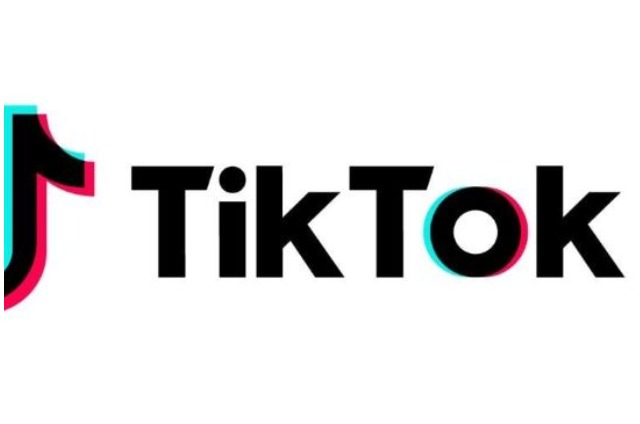March 7, 2013-The world will change, and so will we, and so will the technology around us. TechFest, an annual event hosted by Microsoft Research, the non-business entity of Microsoft Corp, has just proved that once again.
The event, in Redmond, Washington state, showcases ongoing research in the field of computer science.
In a way, it is a platform for Microsoft, which controls a dominant bulk of the market for personal computing, to show the world what the future of technology holds.
Researchers from 11 labs around the world have come together to give people a glimpse into the next-generation experimentation and innovation happening inside their labs.
These projects are not business oriented and are more theoretical in nature. And they may or may not be implemented in Microsoft’s products.
This year, the TechFest showed how technology is ubiquitous and goes beyond traditional devices such as smartphones, tablets, printers and monitors. It showed how walls and whiteboards and screens will interact with humans as never before.
Most of the work focused on explosion of data , understanding it, putting it into perspective, bringing together cloud computing and visualising it.
Rick Rashid, Chief Research Officer at Microsoft Research, set up the organisation in 1991. For years, he has wanted to go on stage in China and have a translation happening in real time, in his own voice, when he spoke. It took a while but the new technology, Deep Learning, has come out with just that. It has improved speech recognition and personalised translation, so not only is the translation in real time, it is also in Rashid’s tone.
 “Improvement in speech recognition has been flat for about a decade… so a 30 per cent improvement is huge,” says Rashid, explaining how much the technology has advanced.
“Improvement in speech recognition has been flat for about a decade… so a 30 per cent improvement is huge,” says Rashid, explaining how much the technology has advanced.
The TechFest demo room had about 21 demos on the first day.
Bongshin Lee, a researcher, has worked on SketchInsight, an application that makes the whiteboard smarter and more interactive.
She spoke about how the whiteboard brings together the traditional pen and the machine. With inputs given in advance of a presentation, the board helps in better storytelling.
“This builds in a much more natural interaction,” says Lee. The application works on Microsoft’s Surface Pro device.
Another demo, called KinectFusion, showed how the Kinect camera – a body movement recognition tool used to play games on the Xbox – can be used to make a low-cost three-dimensional scanner. The scanner could prove helpful in the field of medicine, particularly for surgeons. The Kinect is connected to a computer or laptop. When the application activates, the 3D image can be seen on the screen.
“This can also help produce 3D scans of objects put on websites like Ebay and Amazon,” says Shahram Izadi, a Microsoft researcher.
Microsoft, it is clear at TechFest, remains committed to Natural User Interfaces, and the event shows just how touch technology is becoming pervasive.
 Another technology that created a ripple is machine learning. The Predictive Decision making demo was about processing big data (huge volumes of data) at very high speed to help faster decision making.
Another technology that created a ripple is machine learning. The Predictive Decision making demo was about processing big data (huge volumes of data) at very high speed to help faster decision making.
“This helps in following patterns and predicting accordingly,” says Andy Gordon, Researcher at Microsoft Research labs in Cambridge.
Microsoft Research has 11 labs around the world, including one in Bangalore.
Other demos showcase how 3D technology can be of better use. The Fest showed a demo where an avatar of a person’s body can be created using the 3D technology in Kinect games. A demo on 3D Reconstruction showed how 3D can improve the user experience. The technology could find usage in augmented reality applications, 3D printing, holography, 3D facial modelling and social network sharing.
In years to come, companies such as Microsoft will strive to reduce the complexity of technology for people. For that to happen, technology will have to move beyond traditional devices.
“Research should reduce complexity and increase the value of all the others (in the chain),” says Bill Buxton, Principal Researcher at Microsoft Research. “Things should work together.”
INDIA TODAY










